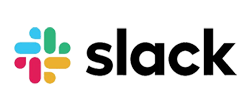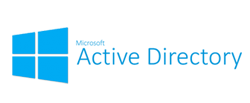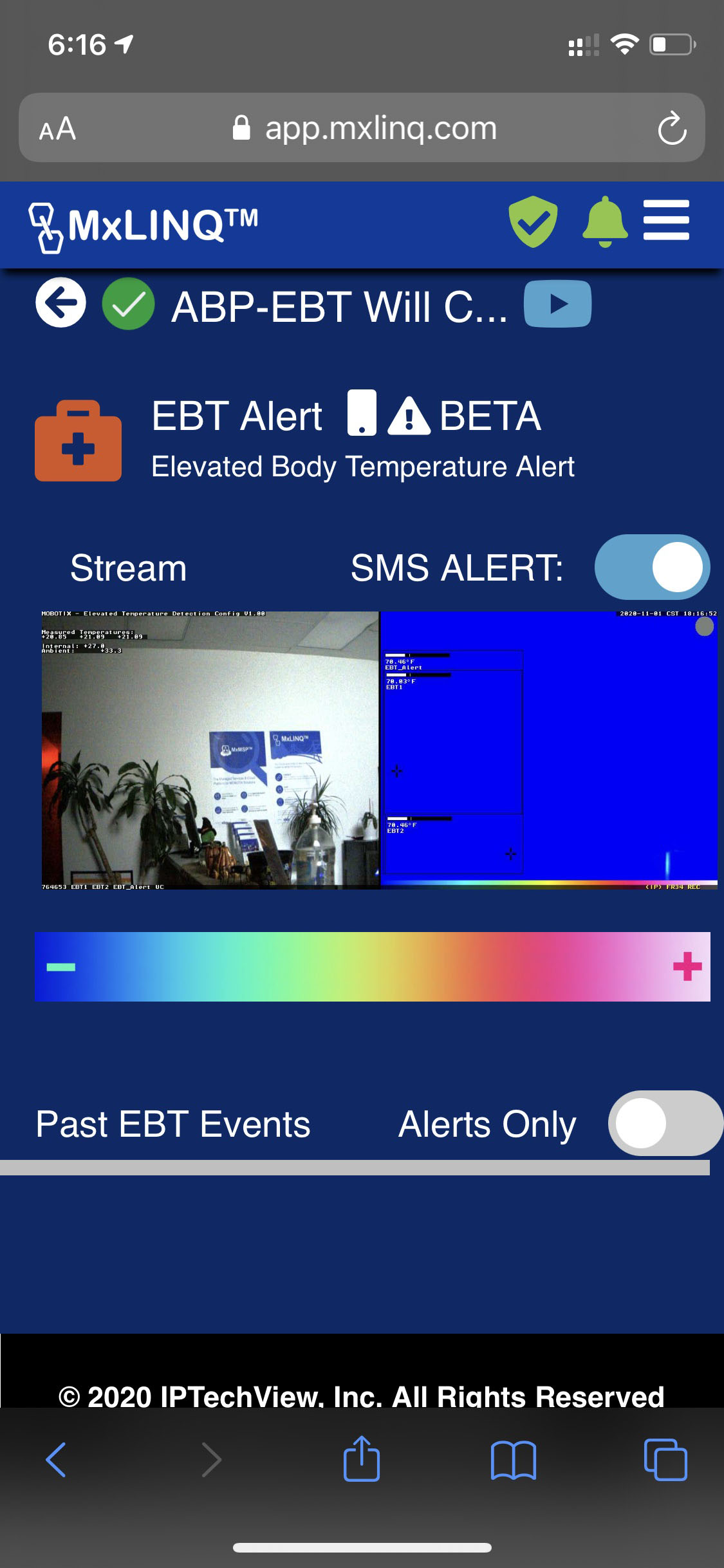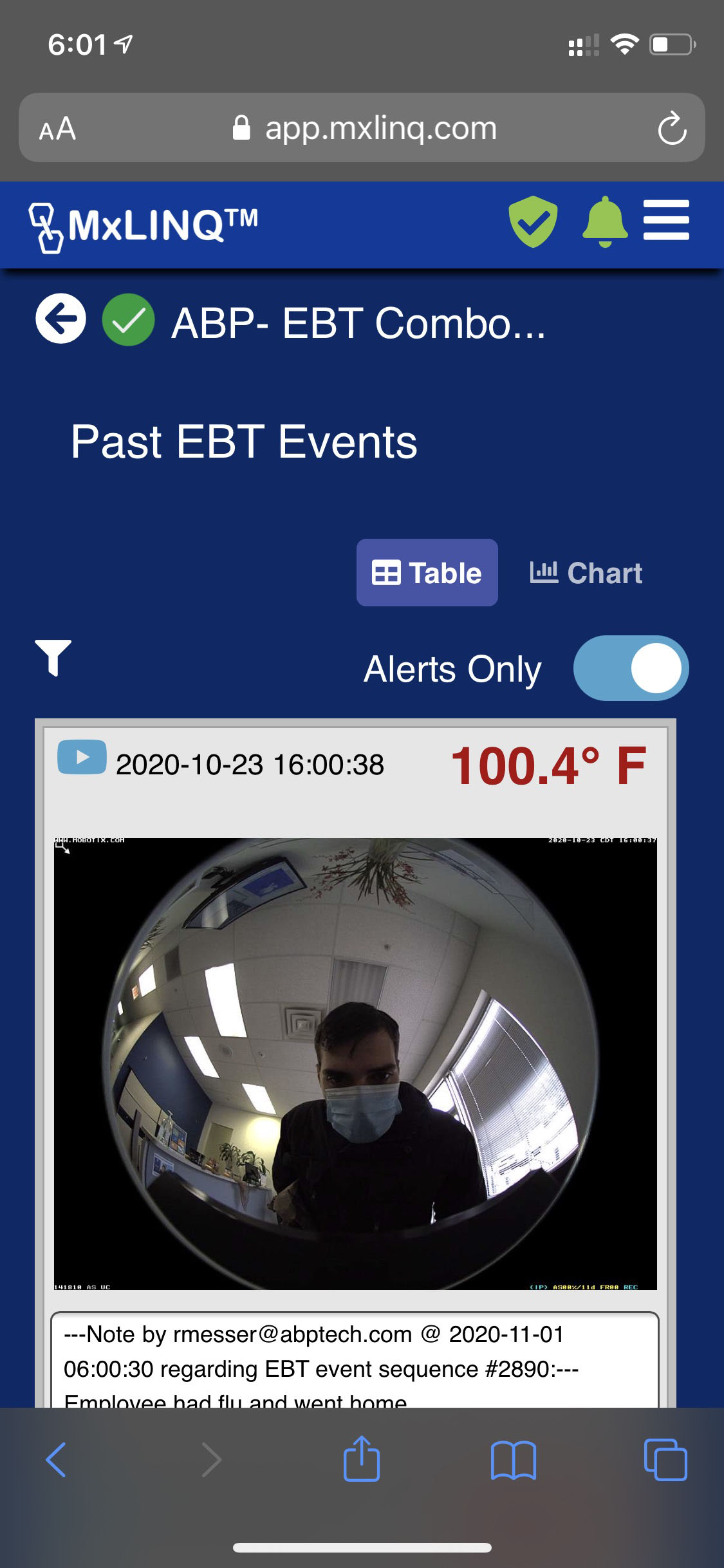
MxMSP / MxLINQ Update - December 2020
IPTECHVIEW NEWS & INNOVATIONS
On the technical front, our first priority was to build out and strengthen our core architecture. This is done by incrementally replacing the original server platform with more redundant horizontally autoscaling systems. We will continue doing this layer by layer. In Q2/Q3 we focused on our Cloud Storage and in Q4 on our API Server systems. Our design goal is to be able to scale to 100,000 cameras/devices and end up with an architecture that can be organically grown to millions of devices. We are not done yet, but made significant progress.

We completed building out redundant points of presence in US and Europe and replaced API, communications server systems and cloud storage platforms on both continents, and started preparations for the Asia Pacific region.


We improved our alerting & communication profiles and added some features to mute offline alerts when there was a known system or network issue. We added SLACK and Webhooks to enable faster and a more complete notification profile for endpoints and custom integrations.

Group permissions were added to enhance our Active Directory implementation for enterprise customers to manage user privileges for multiple locations. Active Directory groups can now be passed to MxMSP/MxLINQ to manage login authentication and camera and location-based permissions.

MASS CONFIGURATOR
We created a new configuration tool to update device settings, access an entire location, device type, or customer. (More tools will be released in this area, and the platform overall is becoming even more powerful for managing large multi-location projects.)
ALARMREADY™ - AlarmReady Integration
We added an express mode on alarms to make notifications even faster and added training to setup AlarmReady as a core topic in our partner training. (Ext I/O, RS232, Audio) Owner based Video Verification in times of low numbers of people in the office either for situational awareness or alarm situation has become critical.
BLUEPRINT-AR™ (Augmented Reality)
We created a new visualization tool for organizing and managing blueprints, planning camera, and IoT device positioning and visually retrieving data. Blueprint-AR™ is interactive and will show live video, temperatures, and IoT data like air quality, CO, Aerosoles, people count, and occupancy and indicate camera and device alert statuses. Most importantly, cameras all know their position and have immediate access to blueprint view, thus significantly increase the user's situational awareness and ability to see neighboring cameras intuitively.

BLUEPRINT-PLANNER (Sneak preview on Current Development)
We already started the planning tool for partners. It will cover not only camera layout and sensor selection, but also IoT sensors and access control, and allows for adding required infrastructure like PoE switches, POE extenders and duplicators, LTE gateways or failover solutions, routers, SIP speakers, and all IP phone system elements, including VoIP extension management for IP cameras. The planning tool will offer Bills of Materials by project layer and integration into our order portal for PO management and our shopping cart, followed by integration capabilities for third-party CPQ (Configuration Planning and Quoting). SAP integration is also on the roadmap.
LIVE ZOOM VERSUS DE-WARPING
We added a new enhancement to viewing that eliminates the need for de-warping and includes a local zoom were added this to both live viewing and recorded video. Several customers' loss prevention teams regularly requested this feature, and we are happy we could finally provide this.
COVID - ELEVATED BODY TEMPERATURE


APOLOGIES & THANK YOUs
COMING SOON: The New IPTECHVIEW website - full of helpful marketing & sales ideas to help you generate MRR (Monthly Recurring Revenue) and value to your customers!
Your IPTECHVIEW Team
Phone: 972-222-1110 | Email: info@iptechview.com












